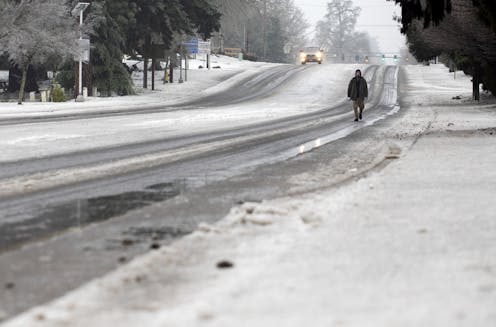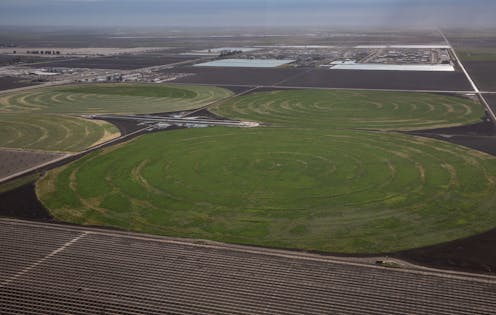Boulder strengthens rules against plastic bags – but do bans and fines actually reduce waste?
Boulder, Colorado, passed stricter regulations against plastic bags at the beginning of 2024, banning them from all retail stores. The tougher rule builds on a 2013 local law that banned plastic bags from grocery stores and began charging shoppers 10 cents


